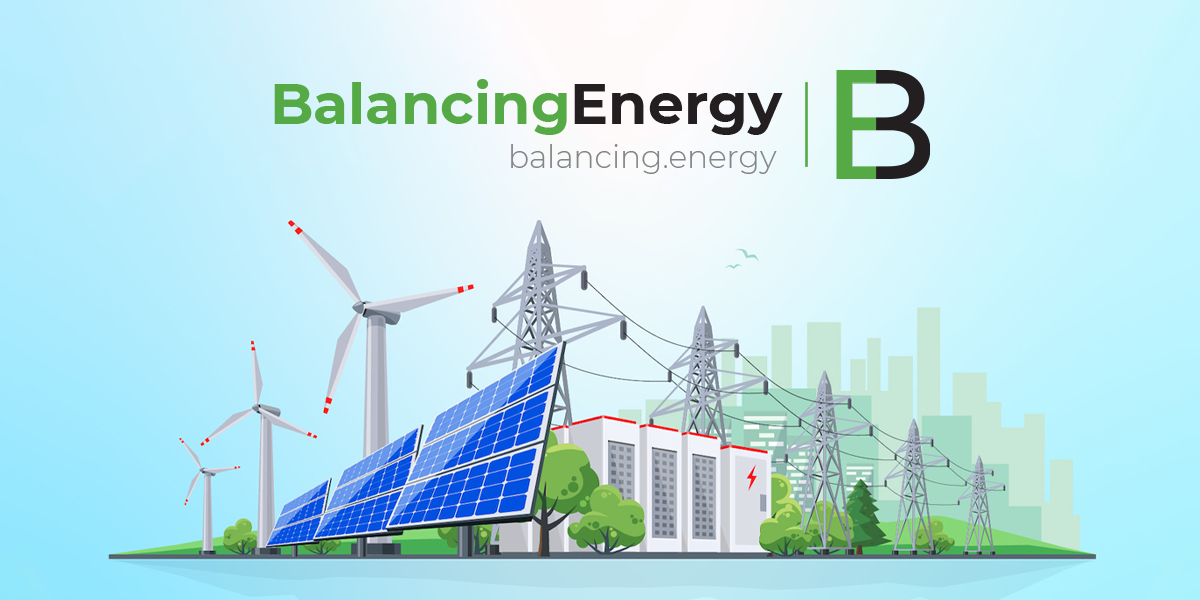North Macedonian Prime Minister Hristijan Mickoski has revealed that investor interest in building gas-fired power plants in the country is growing, with several such projects in the pipeline. The government sees gas-fired plants as a key component in its efforts to decarbonize the energy sector, despite previous setbacks in similar initiatives.
In January 2024, the former government tasked the state-owned power utility, ESM, with negotiating with potential strategic partners to develop two major gas and hydrogen-fired power plants: the 800 MW Negotino plant and the 250-300 MW Bitola plant. The government had also considered offering neighboring countries the opportunity to participate in these projects. To ensure a steady supply of gas, North Macedonia signed a memorandum of understanding in April 2021 with Greece for natural gas imports via the newly commissioned LNG terminal in Alexandroupoli.
Mickoski’s announcement follows a longstanding interest in gas power projects. In December 2020, North Macedonia engaged in talks with General Electric Investment about potential gas plant investments. Now, the Prime Minister disclosed that an investor is prepared to commit up to 1 billion euros for the construction of a cogeneration gas power plant. This project would be part of a broader push for cogeneration plants, seen as an effective solution to the country’s pollution issues, particularly from households relying on wood, waste, and even rubber for heating.
Cogeneration plants are considered the most viable option to replace these polluting heating methods, as they can produce both electricity and thermal energy, which can be distributed through district heating systems. This would provide cleaner energy for areas that currently use sources that emit harmful particulate matter (PM2.5 and PM10), improving both air quality and energy efficiency, particularly during the winter months.
Prime Minister Mickoski emphasized that the investment would be made under market conditions, without preferential pricing. The government aims to be a co-owner of the investment, contributing land and network infrastructure to the project. However, Mickoski noted that private investors, especially those with access to natural gas, would likely have an easier time securing the necessary fuel than the state.
If negotiations proceed smoothly, construction on the new gas-fired cogeneration plants could begin in 2025, with completion expected within three years. The previous government had been close to signing a deal with the Greek Mytilineos Group for similar cogeneration plants as part of a larger strategic investment package in the energy sector. However, public opposition to the plan grew, leading to a change in government.
The trend of building gas power plants is gaining traction across the region. Earlier this week, Serbian President Aleksandar Vucic announced ongoing negotiations with Azerbaijan for the construction of a gas-fired power plant in Nis, signaling growing interest in gas infrastructure in Southeast Europe as countries seek to diversify their energy sources.










